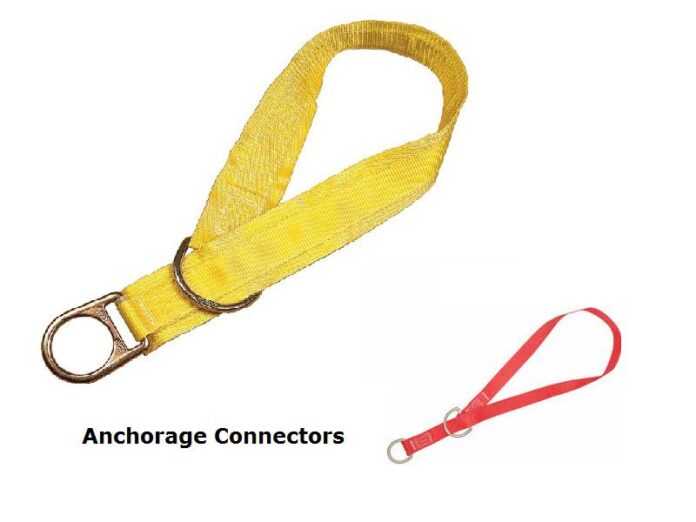
Anchorage connectors are an essential part of any fall protection system. They provide a secure connection between the harness and the anchorage point, ensuring that you stay safe while working at height.
There are many different types of anchorage connectors available, so it is important to choose the right one for the job.
What is an Anchorage Connector? How Does it Work?
Anchorage connectors are designed to connect the worker’s harness to a secure anchor point, such as an overhead beam or structure. This provides a safe and secure connection between the user and their environment.
The connector works by attaching one end of the connector to the equipment and the other end is attached to a durable anchoring point that is strong enough to support the weight of the user.
Anchorage connectors are used in a fall protection system, which is an important part of any construction or renovation project. The system helps protect workers from potential falls by redirecting their energy away from a hazardous area and providing a secure “catch” for them if they do slip or fall. Without an appropriate anchorage connector, workers can become injured or worse in the event of a fall.
Fall protection anchorage connectors are typically made of steel and come in various sizes depending on the application. They should be inspected regularly to ensure they remain secure and free from damage or corrosion over time. It is important to use the right size anchorage connector for the size and weight of the equipment being used. This ensures that the system is safe and effective, providing workers with a secure connection to their fall protection system.
Anchorage connectors are usually installed at strategic points along an installation area. They are typically bolted or screwed directly into concrete, steel structures, or other rigid surfaces.
It is important to ensure that the anchorage connector being used is rated for the weight and size of the equipment, as well as any loads such as wind or shock loads, that may be imposed on it. Additionally, the connectors must be installed following manufacturer instructions.
Importance of Fall Protection Systems
Why are anchorage connectors important in a fall protection system? Fall protection systems are designed to help prevent workers from falling from heights, and the anchorage connector is the first line of defense. The anchorage connector provides a connection point between the worker and the fall arrest equipment, creating an anchor that will keep the worker safely suspended in case of a fall.
Why are fall protection systems important in the first place? Fall protection systems are designed to protect workers from the potential hazards of working at heights. Statistics show that thousands of people suffer life-threatening injuries each year in falls from ladders, scaffolding, and other elevated worksites. Fall protection systems can help reduce or even eliminate those risks. For example, some common examples include:
- Personal Fall Arrest Systems
- Guardrail Systems
- Restraint Systems
- Positioning Devices
Each of these systems requires an anchor point, which is where the anchorage connector comes in. This connector serves as a secure attachment point between the user’s safety equipment and a stationary structure, such as a wall or rail.
Anchorage connectors are made of metal, polymers, or some combination of the two and come in a variety of shapes and sizes to fit different applications. They must meet OSHA’s strength requirements—at least 5,000 pounds per person—to be approved for use. Also, most require annual inspections to ensure they are in proper working order.

